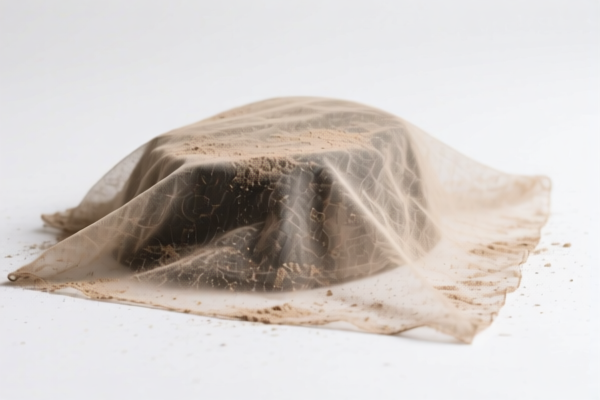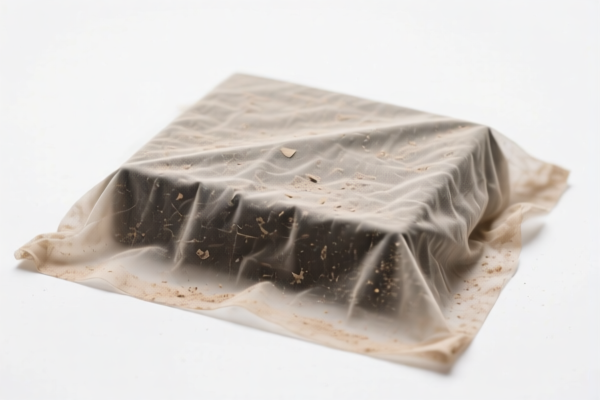| HS Code | Official Doc | Tariff Rate | Origin | Destination | Effective Date |
|---|---|---|---|---|---|
| 6506103075 | Doc | 37.5% | CN | US | 2025-05-12 |
| 6506106075 | Doc | 37.5% | CN | US | 2025-05-12 |
| 6505008015 | Doc | 18.7¢/kg + 6.8%+55.0% | CN | US | 2025-05-12 |
| 3926909950 | Doc | 42.8% | CN | US | 2025-05-12 |
| 3924905650 | Doc | 40.9% | CN | US | 2025-05-12 |




Dust Mask
A dust mask is a loosely fitting, disposable respirator used to create a physical barrier against dust, fumes, and airborne particles. They are commonly used in a variety of settings to protect the wearer from inhaling hazardous substances.
Material
Dust masks are typically constructed from multiple layers of non-woven polypropylene fabric. Some masks incorporate additional layers or materials like activated carbon for enhanced filtration or odor control. The material is chosen for its ability to trap particles while allowing for relatively easy breathing. Higher-grade masks may utilize melt-blown fabric for increased filtration efficiency.
Purpose
The primary purpose of a dust mask is to protect the respiratory system from particulate matter. This includes:
- Dust: Construction dust, wood dust, sanding dust, pollen, and other similar particles.
- Fumes: Welding fumes, paint fumes (with limited effectiveness, see limitations).
- Airborne Particles: Mold spores, allergens, and other irritants.
- Biological Hazards: Certain masks can provide limited protection against bacteria and viruses, though specialized respirators are generally required for effective biohazard protection.
Function
Dust masks function by physically blocking airborne particles from entering the respiratory system. The multiple layers of fabric create a filter that traps particles as air passes through. The mask's fit around the nose and mouth is crucial for effective filtration; gaps between the mask and the face allow unfiltered air to bypass the filter.
Usage Scenarios
- Construction and Demolition: Protecting workers from dust generated during cutting, grinding, and demolition activities.
- Woodworking: Filtering dust created during sanding, sawing, and other wood processing tasks.
- Gardening and Landscaping: Protecting against pollen, mold spores, and other allergens.
- DIY Projects: General home improvement projects that generate dust or fumes.
- Cleaning: Protecting against dust and mold during cleaning activities.
- Painting: Providing limited protection against paint fumes (higher-grade respirators with appropriate filters are recommended for extensive painting).
- Personal Protection: During periods of high pollen count or in areas with poor air quality.
Common Types
- N95 Masks: These masks filter at least 95% of airborne particles. They are commonly used in healthcare settings and are effective against a wide range of particulate hazards. Requires a tight facial seal for optimal performance.
- N99 Masks: Filter at least 99% of airborne particles, offering a higher level of protection than N95 masks.
- N100 Masks: Filter at least 99.97% of airborne particles and are oil-proof, making them suitable for environments with oil-based particles.
- Disposable Dust Masks (without N-rating): These masks offer basic protection against large particles but have lower filtration efficiency than N-rated masks. Suitable for light-duty tasks.
- Surgical Masks: Primarily designed to prevent the spread of bodily fluids, they offer limited protection against airborne particles.
- Respirators with Replaceable Filters: Offer a more sustainable and cost-effective solution, allowing users to replace filters as needed.
Limitations
- Fit: A proper fit is essential for effective filtration. Facial hair, glasses, or other obstructions can compromise the seal.
- Filtration Efficiency: Disposable dust masks without N-ratings offer limited protection against small particles.
- Gas and Vapors: Dust masks do not protect against gases or vapors. Specialized respirators with appropriate cartridges are required for these hazards.
- Oxygen Deficiency: Dust masks do not supply oxygen. They should not be used in oxygen-deficient environments.
- Reusability: Most dust masks are designed for single-use and should be discarded after use. Reusing a contaminated mask can reduce its effectiveness.
Dust masks can be categorized based on their material, function, and application scenarios. They are typically used for respiratory protection against particulate matter, and may be considered hygienic or medical articles depending on their specific design and intended use.
The following HS codes are relevant to dust masks, based on the provided information:
-
6506103075: This code falls under Chapter 65 (Headgear, whether or not lined or trimmed). Specifically, it covers Heading 6506 (Other headgear). The Subheading 650610 refers to safety headgear, and 65061030 further specifies safety headgear of reinforced or laminated plastics. The final digits, 75, denote "Other". This code applies to safety headgear made of reinforced or laminated plastics, with a total tax rate of 37.5% (0.0% basic tariff, 7.5% additional tariff, and 30.0% additional tariff effective April 2, 2025).
-
6506106075: Also within Chapter 65 and Heading 6506, this code covers safety headgear, but is categorized as "Other" within the subheading 65061060. The final digits, 75, denote "Other". Like 6506103075, it has a total tax rate of 37.5% (0.0% basic tariff, 7.5% additional tariff, and 30.0% additional tariff effective April 2, 2025).
-
3926909950: This code is under Chapter 39 (Plastics and articles thereof). Specifically, it covers Heading 3926 (Other articles of plastics and articles of other materials of headings 3901 to 3914). The Subheading 392690 refers to "Other" articles, and 39269099 further specifies face masks and shields, medical positioning or transport pads, medical waste containers or disinfectant wipes dispensers. The final digits, 50, denote "Other". This code applies to face masks, with a total tax rate of 42.8% (5.3% basic tariff, 7.5% additional tariff, and 30.0% additional tariff effective April 2, 2025).
Regarding HS code 3926909950, please note that this code specifically includes face masks. Therefore, verifying the intended use of the mask as a medical application may be necessary.
Customer Reviews
No reviews yet.